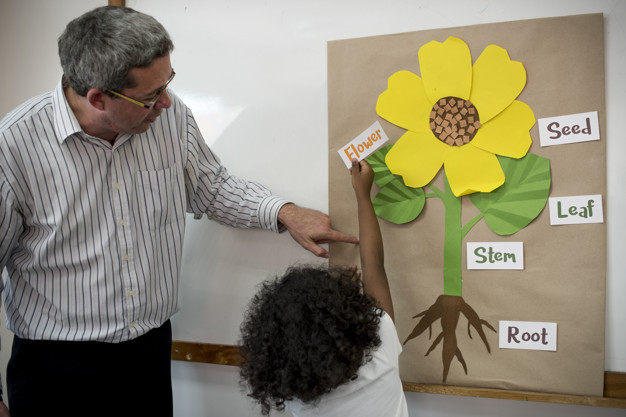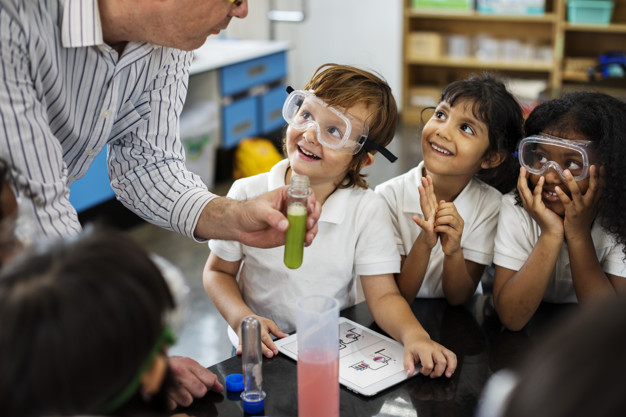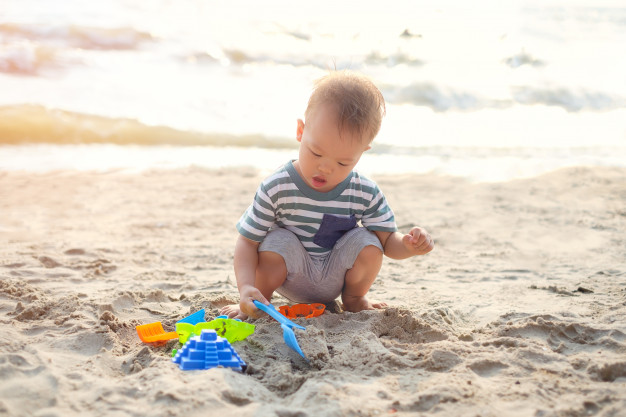Only A Few Spaces Left For Our Premier VPK Program! We Are Now Enrolling & Would Love to Meet You & Your Family!
Get More Information About Our VPK Program: Click Here
Let’s go back in time when Obama was President. Brownie points if you can recall his speech where he talked about the importance of practical and skill-based education. Apart from the former President of the United States, researchers, policymakers and educators, have all talked about the importance of learning in the fields of science, technology, engineering and math (STEM), especially from an early age.
Studies and research point toward the crucial role that STEM learning can play not only in a child’s early years, but in the future as well.
Before we talk about STEM learning techniques for toddlers and pre-K kids, let’s take a look at some hard facts.
These stats show there is still a huge gap between understanding STEM and its role in keeping up with the rest of the world under the shadow of globalized competition. Even though in the last two decades, jobs in STEM industries have grown from just under 10 million to over 17 million, there’s still a clear need to shift education policies and teaching techniques especially at as early a stage as preschool and kindergarten education.
To understand the importance of STEM learning in early childhood education, let’s see what all the hype is about.

Coined by the National Science Foundation (NSF), STEM is an education approach that covers a number of disciplines and degrees under science, technology, engineering, and mathematics.
Science: Discovery and critical thinking through observation and examination.
Technology: Use of mobiles and tablets to further learning by providing access to experiences and objects they don’t just yet understand.
Engineering: Advanced challenges such as designing objects from dough or clay and using different material to build new things.
Math: Understanding of patterns, numbers, shapes and measurements.
A research conducted by the Community for Advancing Discovery Research in Education (CADRE) shows that children can benefit from STEM widely not only in terms of future success but also with regard to linguistic, motor, cognitive and communication skills.
Various studies and researchers have emphasized the integration of STEM learning in preschool children, toddlers and even infants.
Here are a few ways STEM learning can be introduced to children in homes and schools.
Kids are curious and inquisitive by nature. They want to explore their surroundings and understand everything going on around them. This provides a perfect opportunity for parents and teachers to incorporate STEM-based plays and activities in their daily routine. STEM activities don’t have to be planned at this stage since toys and daily-use items can be used to achieve the same goal.

As children reach the age of three and above, they are better able to understand systematic and logical approaches to small problems. A few techniques that you can use to enhance STEM learning in children between the ages of three and five are:
Ask a question about the activity your child is engaged in. if they’re playing with a toy, talk about its color, shape, design. Ask open-ended questions that enable them to actively think and form opinions on ongoing matters.
Help them understand different concepts. Which toy is bigger? Which one is more appropriate to build a small tower? Teaching comparison between two things can help children gain clarity and understand material characteristics—texture, size, color, shape, strength.
Structure an activity that helps them test their theories and hypothesis. STEM is all about learning through experimentation and retention, so the more they’re able to see the results of their observation, the better they will learn.
Teach your children to observe their surroundings. Games like “I spy with my little eye” and questions such as “What do you think is happening?” can help children consciously be aware of their surroundings using their senses.
Communicate your thoughts about things that children are interested in. Does your child want to know what an umbrella is and why everyone is carrying it in rainy weather? Explain the need and purpose of things around them.
Let your child lead. Often, parents and teachers focus more on structured learning and try to guide children through set rules. STEM, however, is all about exploration so instead of defining everything for the child, let them discover new ideas and opinions on their own.

Allow them to explain. Children often don’t make sense and that’s okay. One way to help them define their thought process is by guiding them through the explanation. If they’re unable to form a sentence, use small phrases to enable them to communicate what they mean.
Learning STEM during early childhood goes so far beyond these guidelines and set rules. Any task that promotes independent thinking, collaborative learning and overall skill development is a part of STEM learning.
At Kids R Kids, we provide children an innovative environment where they’re able to perform self-directed activities that encourage learning through engaging.
Our programs are designed to improve each child’s social, emotional, intellectual and cognitive skills that help them not only easily transition to school and elementary years but also lay the foundation of adult success.
To find out more about our vision, read our philosophy. If you’re based in Waterford Lakes, Florida and want to enroll your child into our daycare or preschool, fill out the form here!